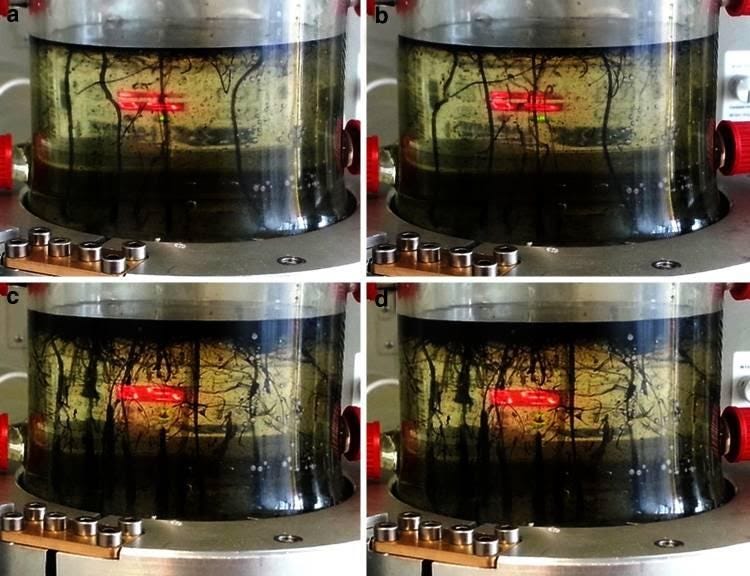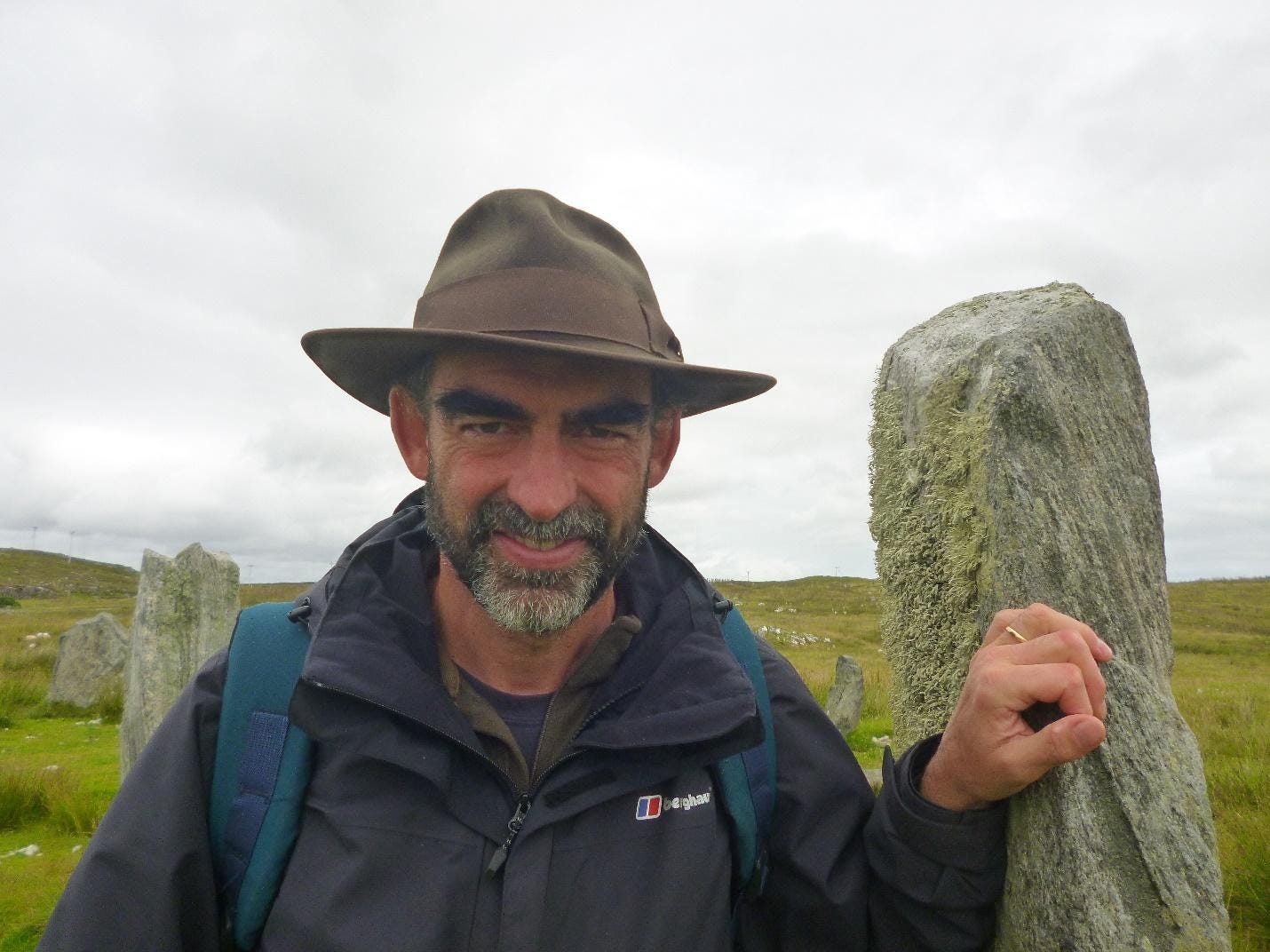The Vital Question: The Chemistry of Early Life with Nick Lane
Episode 49 // Released October, 8 2020
In this episode of Big Biology, we chat with Nick Lane, a renowned biochemist and writer at University College London, about his book on the origins of life- The Vital Question (2015)
Nick Lane believes that the idea of a “Primordial soup” for the origin of life has merit, but doesn’t sufficiently explain the origin of life. He argues that life arose from alkaline hydrothermal vents in the deep ocean.
Nick suggests that energy (proton gradients) came first, even before the basic building blocks of prokaryotic life.
Nobel laureate Francis Crick said that the formation of the three-letter code of RNAs is a “frozen accident”, however, Nick says there is evidence to suggest a design to the three-letter code.
Nick says that once eukaryotes acquired mitochondria they had much more energy per gene. This allowed for the expansion of genomes by acquiring large chunks of DNA through both-horizontal gene transfer and replication through sex.
SUMMARY
Our guest for this episode, Nick Lane imagines how life might have started in his 2015 book, The Vital Question.
The famous “Urey-Miller” experiment in 1952 successfully created amino acids, the building blocks of the genetic code, by zapping inorganic gasses with electricity. But how do those building blocks come together to form cells? When do those cells have life? How do those cells evolve into complex organisms? And will life look the same if it originates on another planet?
“The old idea of a ‘primordial soup’ or ‘Darwin’s warm pond’ is still the dominant idea for origin of life, except we would now call them terrestrial geothermal systems”, Nick Said. “The problem for me with that idea is, that it is beautiful chemistry that works well, but it doesn’t look anything like biochemistry. So, you are still left with the question of how do these monomers floating around in liquid invent life? How do they come up with genetic information?”
According to Nick, life originated in alkaline hydrothermal vents where salty ocean water meets the mineral olivine and creates organic molecules which form protocells, basically acting as containers where cellular machinery could develop.
Nick thinks that the protocells within the alkaline hydrothermal vents can convert simple molecules into energy through a process that resembles the Krebs cycle. The Krebs Cycle essentially converts a combination of carbon, oxygen and hydrogen, which were all present in the early Earth, into energy. He thinks that a version of this process may have produced chemicals like amino acids on early Earth and led to the origin of life.
In simpler words, Nick argues that metabolism was the first element of life to develop, even before the other important machinery of a living cell, such as- DNA, RNA, proteins, transcription, and translation.
For over a billion years the early world was dominated by single-celled archaea and bacteria floating around in the hydrothermal vents. How did evolution take the leap from prokaryotes to more complex eukaryotes? We fast forward two billion years or so to ask Nick what allowed the expansion of genomes.
Nick suggests that cells acquired mitochondria, which at the time, were free-living bacteria with their own independent genome. These free-living mitochondria became part of other cells to form eukaryotes. The mitochondria’s only job was to produce energy, which permitted them to get rid of many of the expensive components cells require to survive on their own. That partnership gave ancient cells access to much more energy per gene, which allowed their genomes to expand.
In Nick’s view, this basic blueprint suggests that life may evolve in a predictable way, and may take a similar course on other wet, rocky planets.
During our conversation with Nick, we also touch upon two of our previous episodes on parallel topics-
and
RESOURCES
Here are links to a few of the resources we talked about on the episode or used to prepare for the interview:
BOOK

PAPERS
How energy flow shapes cell evolution
Nick Lane argues that the endosymbiosis of mitochondria by early eukaryotes was a crucial step in the evolution of complex cells. Mitochondria were free living bacteria that had their independent genomes. The acquisition and assimilation of the mitochondrial genome within the eukaryotic cell genome, frees up extra energy (3-5 orders of magnitude more). This feat allowed a 1,000 to 10,000 fold expansion of eukaryotic genome size, a four-fold rise in the number of protein coding genes, a massive increase in the gene expression and a 150,000-fold increase in cell volume. In short, a eukaryote has the power of tons of bacteria within one cell. That means eukaryotes can scale up simply by adding more mitochondria into their genomes. There are rare examples however of large bacteria without mitochondria such as Epulopiscium and Thiomargarita,. These bacteria achieve large sizes by exhibiting extreme polyploidy. They increase their genome sizes enormously by placing copies of the genetic machinery right next to the bioenergetic membranes to achieve the same overall energy that a small eukaryote with a mitochondrion can have, thus making such bacteria a rarity.
MEET THE GUEST
Name: Nick Lane
Institution: University College London
Area of Expertise: Evolution, Origin of Life, Biochemistry
EXTRAS
Nick talks about his book, The Vital Question, in this presentation
Nick gives a Royal society lecture on the Evolution of life
Nick explaining the origin of eukaryotic cells
CONTACT US
Listen to the full episode on iTunes, Spotify. You can also find the episode on Big Biology’s website.
Got something to tell us? Send us an email at info@bigbiology.org. You can also reach out onTwitter,Facebook andInstagram.





